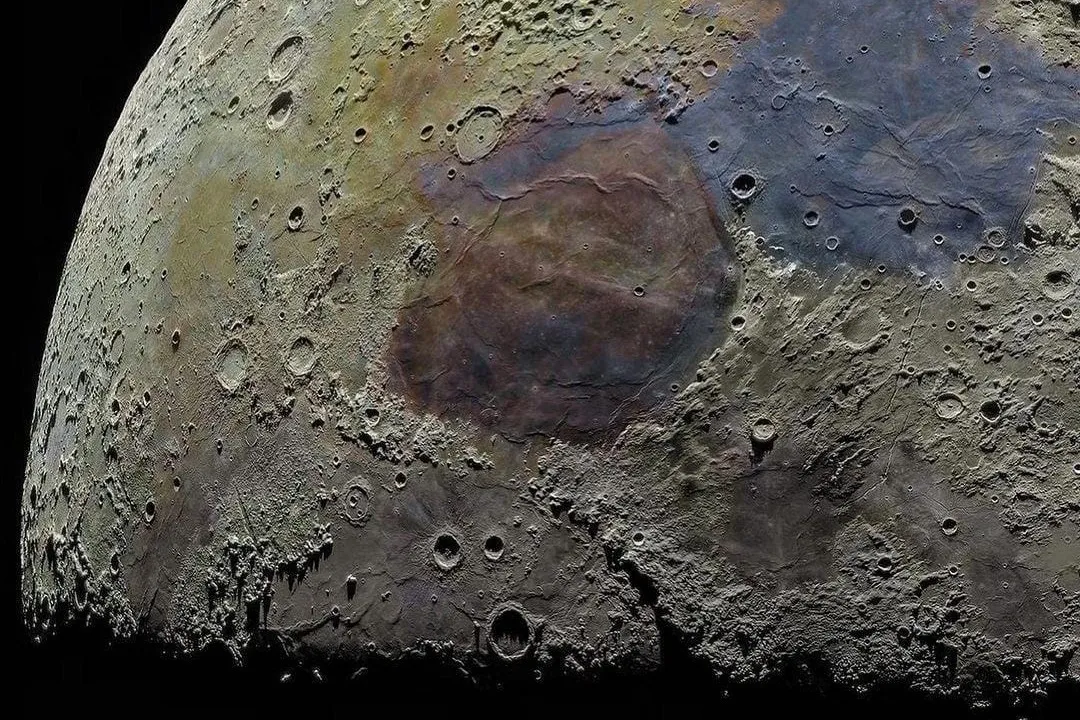On Dec. 16, a SpaceX rocket launched the Surface Water and Ocean Topography (SWOT) satellite. The first satellite specifically designed to conduct a global survey of Earth’s surface water, SWOT was developed by NASA and France’s National Center for Space Studies (CNES), with contributions from the Canadian and U.K. space agencies. The satellite is a game changer. It is designed to study changes in global water levels and provide, in unprecedented detail, 3D volumetric data for Earth’s oceans and millions of lakes and rivers across 90% of the globe every 21 days. That, of course, if used for the common good, will allow a massive upgrade of overall water management, guaranteeing food production and avoiding droughts and floods.
SWOT’s primary instruments are its nadir altimeter and the Ka-band Radar Interferometer, or KaRIn for short. KaRIn consists of two antennas separated across a 10-meter boom, which independently receive readings the satellite takes of Earth’s surface. Using the satellite’s position data and subsequent phase differences in signal reception, SWOT is capable of measuring water elevations within a 1 cm margin of error.




